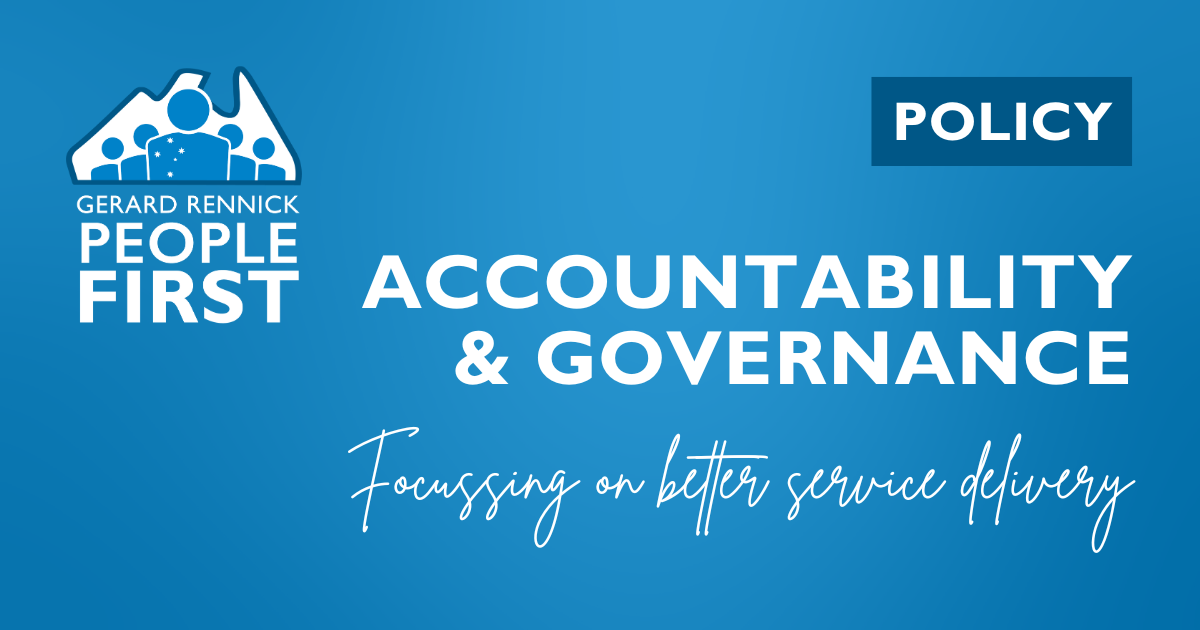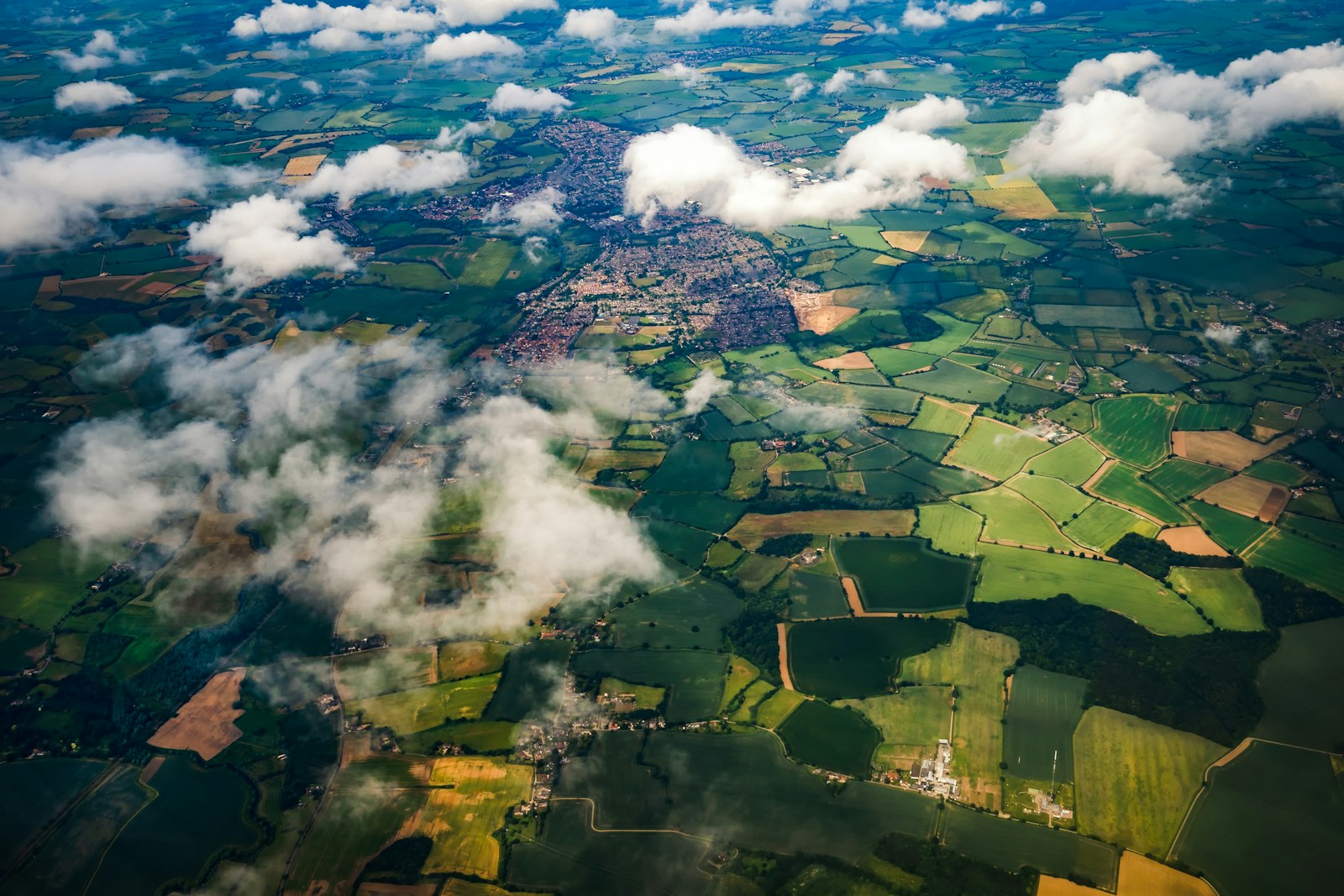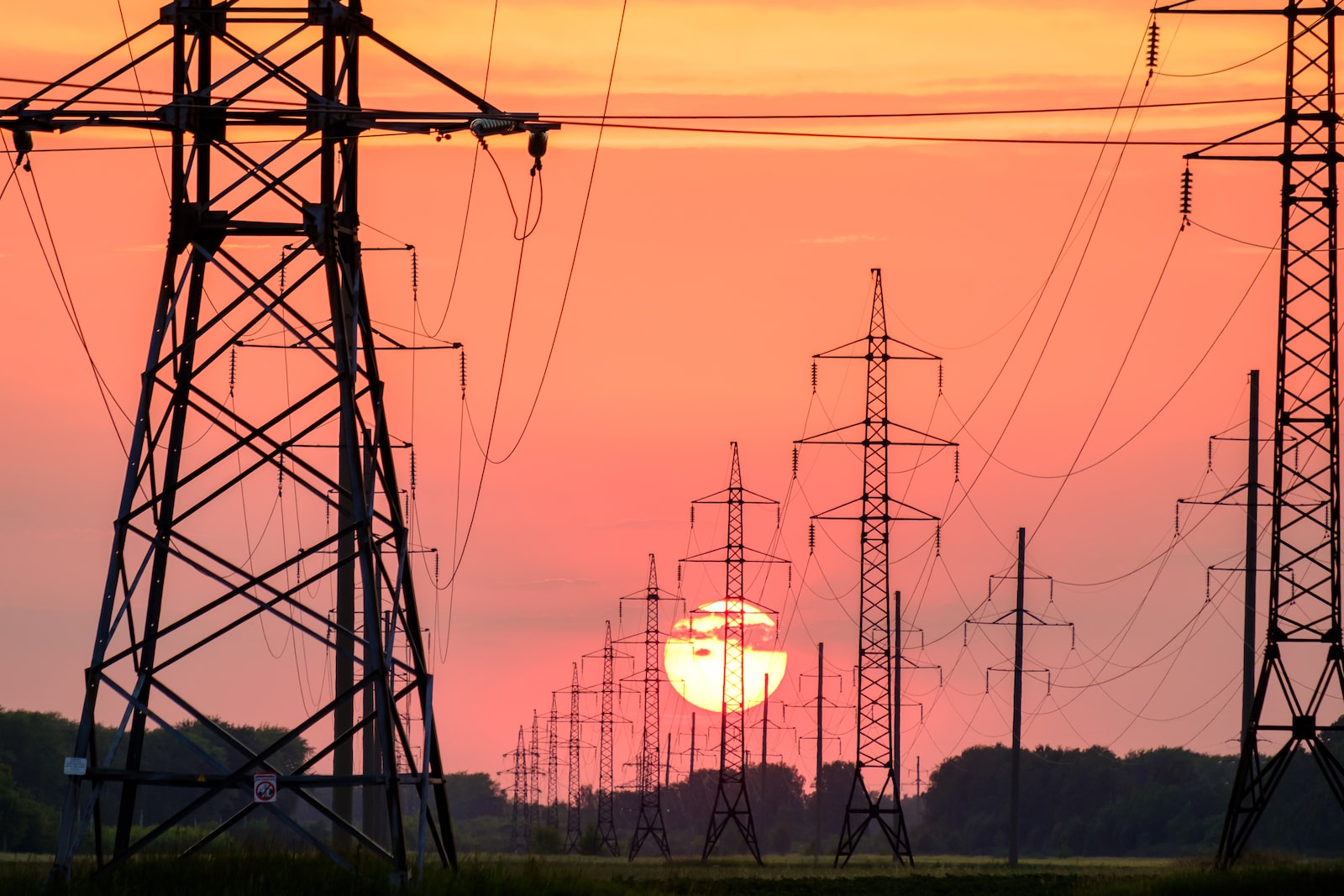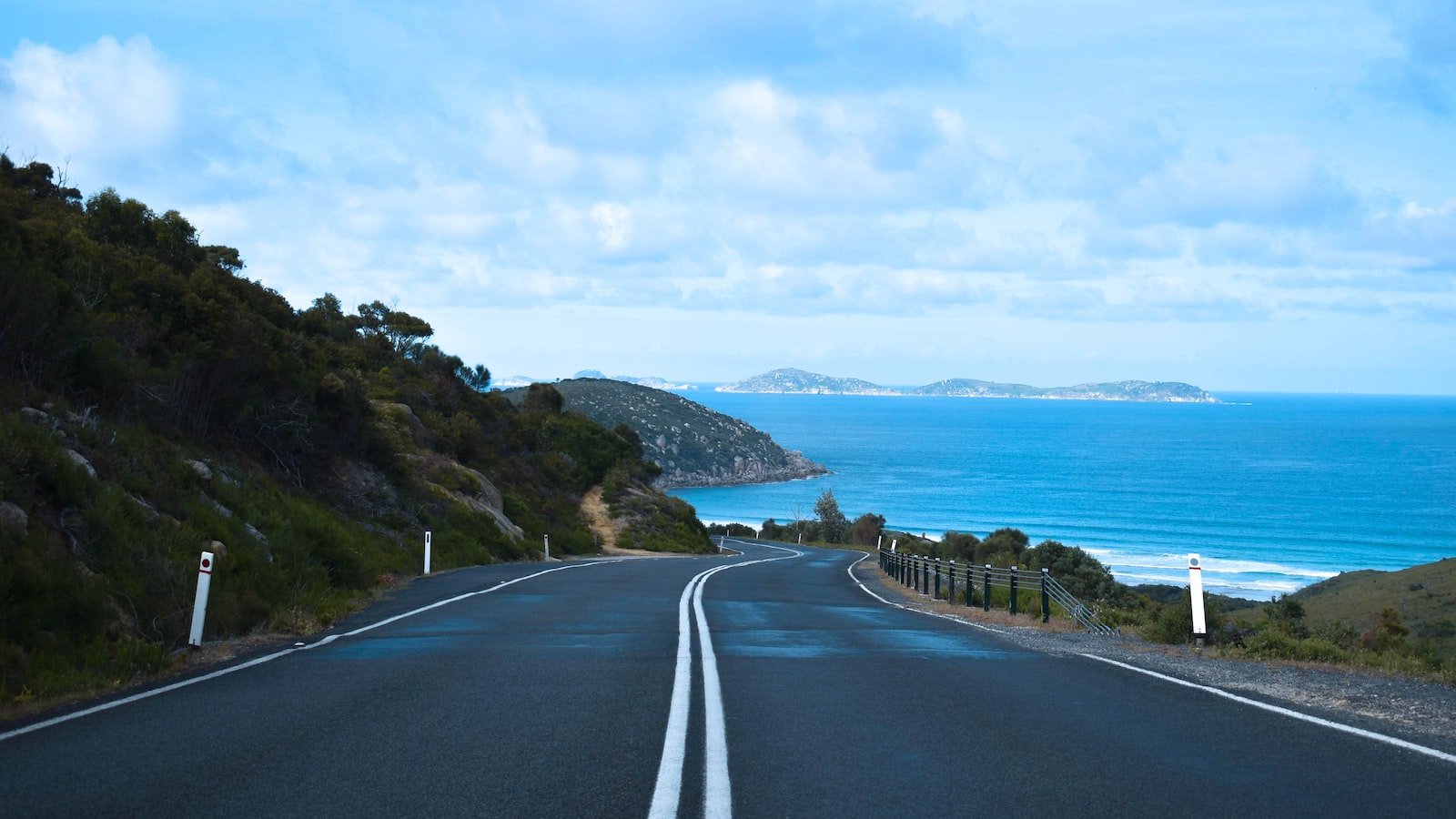“New data from Cornwall Insight has projected the Australian National Electricity Market (NEM) will increase its solar, wind, and storage capacity by more than 150GW by 2043. According to Cornwall Insight’s NEM Benchmark Power Curve, the total installed capacity for these technologies is expected to rise from 52GW in 2025 to 208 GW by 2043, a 300% increase.
The increase will be led by solar, including rooftop PV, which is expected to add an impressive 78GW over the next two decades, with wind and storage forecast to increase by 39GW and 40GW1 respectively.
The rise in installed capacity will be driven by federal and state government policies. This includes the Capacity Investment Scheme, the national renewables auction designed to decrease risk for investors and encourage investment.
Additionally statewide auctions and policy incentives included in the Victorian Renewable Energy Target, the New South Wales Electricity Roadmap and the Queensland Renewable Energy Target are expected to encourage investment in renewables.”
••••••••••••••••••••••••••••••••••••
In estimates I asked the Energy department how on earth the Government thinks they can install the enormous amount of renewables needed to reach net zero and do it more cheaply than coal.
As usual they refer to the misleading CSIRO modelling which uses flawed assumptions.
Of course the critical factor in all of this are the enormous subsidies all Australian governments are handing out to renewable companies, mostly foreign owned while at the same time closing down Australian owned and operated coal companies thus ensuring even more money goes offshore.
It is unbelievable that both major parties continue to support net zero and renewables.
PeopleFirst will abolish all subsidies for renewables and support the construction of more coal, gas and nuclear power stations.
Quote from:
https://www.cornwall-insight.com/press-and-media/press-release/nem-to-increase-renewables-capacity-by-over-150gw-within-next-two-decades/
Environment and Communications Legislation Committee
04/11/2024
Estimates
CLIMATE CHANGE, ENERGY, THE ENVIRONMENT AND WATER PORTFOLIO
Department of Climate Change, Energy, the Environment and Water
Senator RENNICK: I’d like to move on to my next question. New data from Cornwall Insight has projected that the Australian National Energy Market will increase its solar, wind and storage capacity by more than 150 gigawatts by 2043. That’s four times greater than the maximum output of the National Energy Market on any given day of 35 gigawatts. How is it possibly cheaper to be building four times potential capacity given that we know wind and solar have a capacity of 25 per cent to 30 per cent? How can you claim it’s cheaper to build four times the amount of capacity for renewable energy than it is for baseload energy whereby you get 90 per cent capacity?
Mr Duggan: The AEMO projections are that we’re going to see a very significant increase in overall electricity demand going forward. The reasons for that are obviously a growing economy, but also the least cost pathway for many sectors to decarbonisation is through electrification. We are expecting to see a very significant increase in the size of the electricity grid over the period that you referenced. AEMO, when it looks at what are the various technology choice options available to Australia in order to deliver the supply of electricity needed to meet that demand based on costing work that is done by the CSIRO on the various alternatives, came to the conclusion that the lowest cost option for consumers is renewable energy to replace the retiring coal-fired power fleet supported by various firming technologies—so, batteries, gas technologies, pumped hydro technologies. That combination delivers the lower system cost and, through the lower system cost, ultimately the lowest prices.
Senator RENNICK: We’ve already identified a number of flawed assumptions with that CSIRO modelling whereby they’ve excluded all the capex up to 2030. I should add also that back in 2017 they predicted it was going to cost a trillion dollars and then five years later, despite costs increasing, they then scaled it back to $500 billion. Their level of consistency and accuracy needs to be questioned. However, that doesn’t come to the heart of the fact that the industry forecasts are that you’re going to build 150 gigawatts of supply when we’ve only got demand of 35 gigawatts. Isn’t that an issue in the sense that we’re building all of these transmission lines, solar panels and wind turbines because the sun isn’t always shining and the wind isn’t always blowing? That’s going to add an enormous cost to energy prices, isn’t it?
Mr Duggan: Just so I understand the question, I thought what I heard from you was quoting today’s demand and a future investment need. Obviously when you’re looking at balance and you’re looking at reliability in the sector, you need to be comparing apples with apples—
Senator RENNICK: I understand that.
Mr Duggan: so you are comparing the demand at the point over the productive life of those new generation assets. That’s what motivates investors. They see an opportunity, because they see—
Senator RENNICK: Demand isn’t going to increase by a factor of over fourfold in the next 18 years?
Mr Duggan: In fact, AEMO’s scenarios do have demand increasing, in fact more than doubling, under their step-change scenario and rising up to four times under the—
Senator RENNICK: What, in the next 18 years? So, you’re predicting a population increase?
Mr Duggan: Over the next 25 years.
Senator RENNICK: What are you predicting demand to be by 2043 or 2045?
Mr Duggan: In terms of electricity demand, I don’t have those figures in front of me, but I’m happy to provide them on notice.
Senator RENNICK: I should add that 35 gigawatts is on a big day. The average output is about 23 gigawatts. So, you’re building a lot more capacity for what you need than demand. Anyway, I’ll leave that as a statement.






























